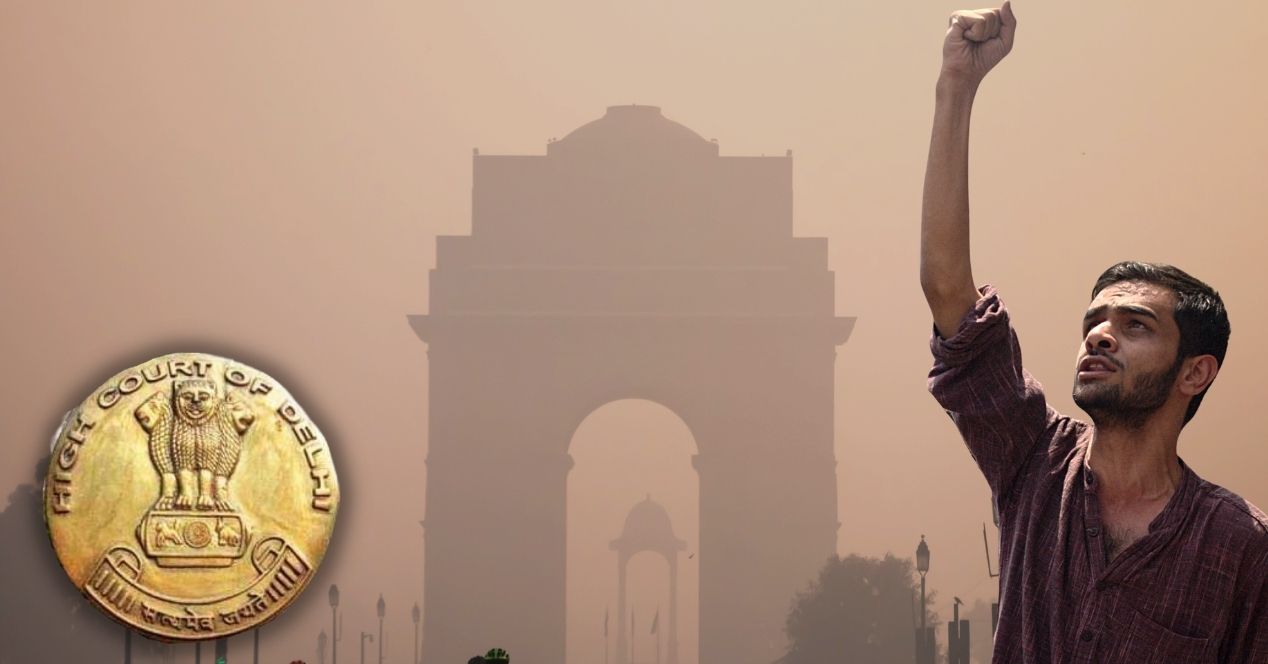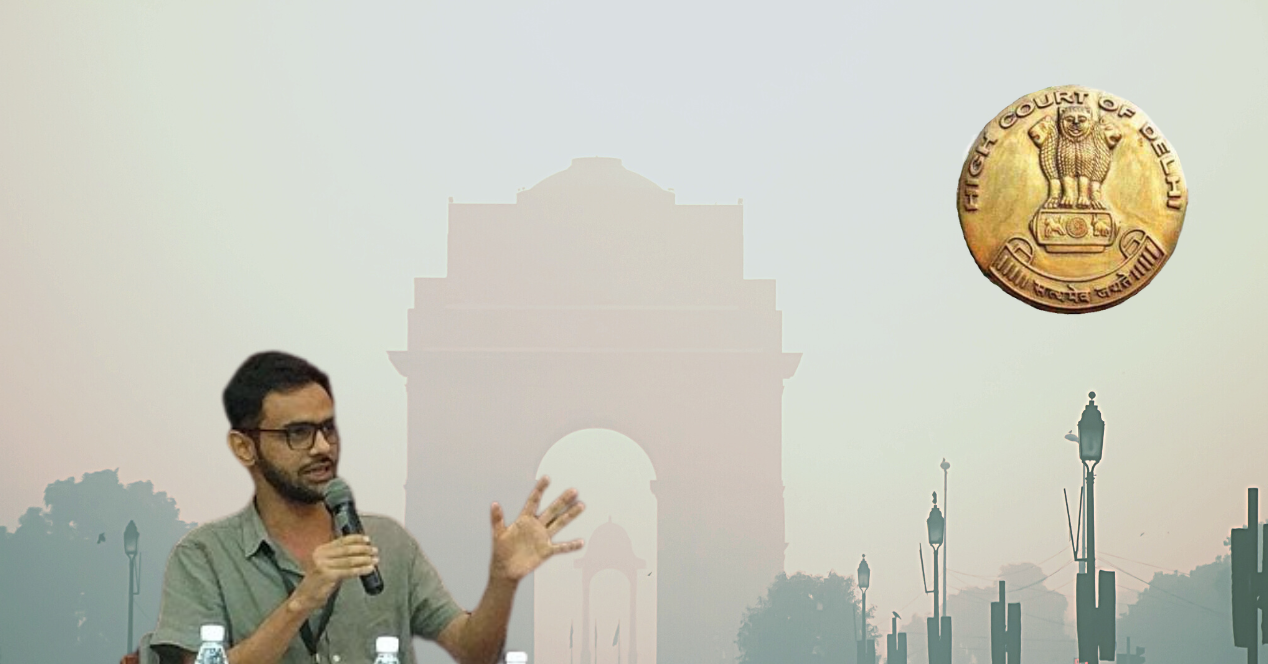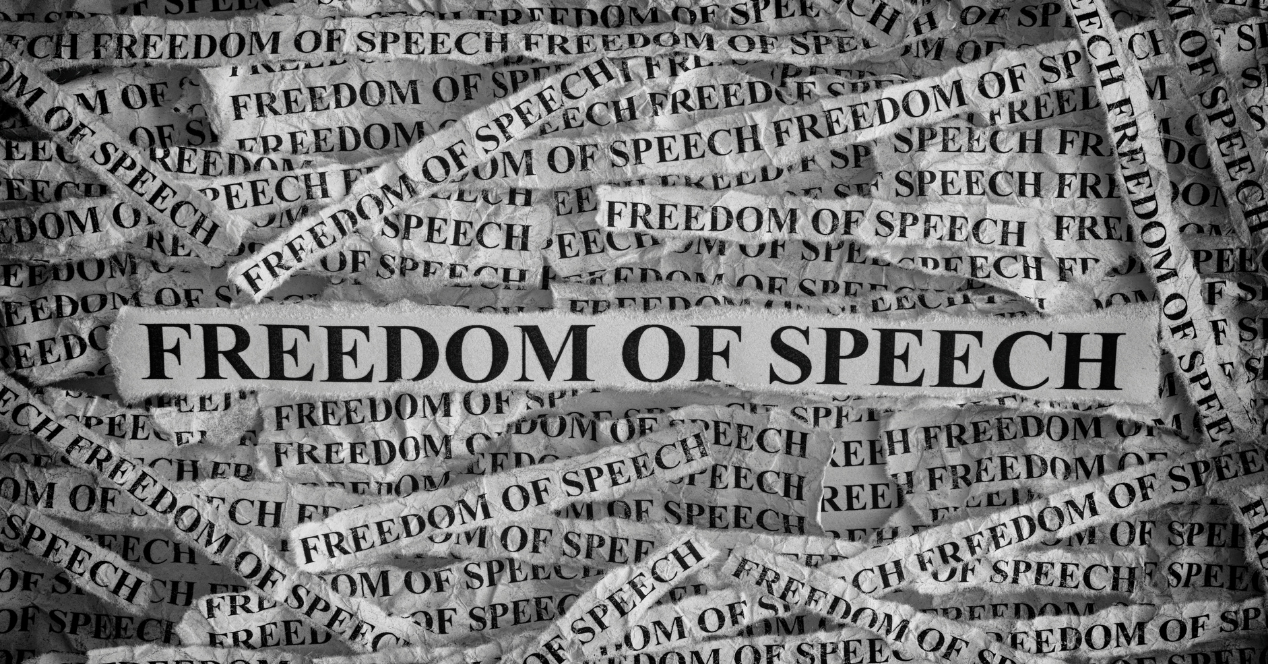Analysis
Guidelines for search and seizure of digital devices a must under right to privacy, Supreme Court says
Supreme Court directs Union to frame guidelines for search and seizure of digital devices by investigative agencies

Today, a Division Bench of the Supreme Court comprising Justices S.K. Kaul and Sudhanshu Dhulia directed the Union government to form guidelines for the seizure of digital devices by investigative agencies. The Court’s Order comes as a result of a petition filed in October 2022 by the Foundation for Media Professionals (FMP)—a journalists collective.
What is the case about, and how did it reach the Supreme Court?
The petition and the prayer
In October 2022, FMP filed a petition at the Supreme Court under Article 32 (remedies for breach of fundamental rights). They claim that there is an urgent need to regulate the search and seizure of digital devices in India for several reasons.
The petitioners first point out that the existing legal framework under various penal statutes does not adequately cover digital devices.
Second, they claim that a person’s digital devices contain many private conversations, pictures, and data and are an extension of one’s self. The lack of regulation allows the police and investigative agencies to collect uncensored and, in many cases unnecessary, information about a person. This, the petition argues, is violative of the fundamental right to privacy enshrined under Article 21.
Further, FMP also argues that unregulated search of personal information on digital devices has the potential to trigger self-incrimination of individuals under Article 20 of the Constitution. This provision states that no person “shall be compelled to be a witness against himself.”
Information on WhatsApp and other applications have been used frequently in criminal investigations to continue detaining people in custody. One such instance is in the bail applications filed by activists Umar Khalid and Sharjeel Imam in connection with the Delhi Riots in 2020. The prosecution took the Delhi High Court through Khalid and Imam’s Whatsapp communications to prove charges of conspiracy and incitement of violence owing to their presence in certain groups.
To combat these issues, the petition seeks the Court to declare that the contents on a person’s digital device, including passwords, passcodes, patterns, PINs etc. are protected under Article 20. Also, that the existing legal regime does not sufficiently provide for the search and seizure of digital devices and is violative of the right to privacy.
The petition urges the Court to direct the Union to “draft model legislation for enactment by states in respect of search and seizure of digital devices and examination of their contents in consonance with the fundamental rights….”
The petition also proposed that any search or seizure of a digital device by an enforcement agency must be done only after obtaining a “prior judicial warrant” except in case of emergencies.
Journey in the Supreme Court
Before today, the case had been heard by the Supreme Court three times. On 18 October 2022, a bench comprising Justices K.M. Joseph and Hrishikesh Roy issued notice to the Union. The bench also tagged the case with another case titled Ram Ramaswamy v Union of India—a similar petition filed by five academics seeking guidelines for the seizure of digital devices by the police.
On 9 December 2022, the case was heard by a bench of Justices Kaul and A.S. Oka. Senior Advocate Siddharth Aggarwal appeared for FMP. After hearing the counsel, the Bench concluded that the scope of FMP’s petition was more extensive than Ram Ramaswamy as it sought regulation of investigation agencies beyond the police. They detagged the case from Ram Ramaswamy but tagged another case—Amazon Seller Services Private v Directorate of Enforcement with FMP’s petition. Later, on 9 October 2023, the Court decided to list the matter on 7 November 2023.
Today (7 November 2023), Aggarwal, reiterating the concerns raised in the petition, argued that regulation-less seizure of digital devices violated the right to privacy. He highlighted that there were “hundreds of journalists” whose devices were being confiscated arbitrarily.
Additional Solicitor General S.V. Raju appearing for the Union government informed the Bench that the matter concerned certain “anti-national” elements, therefore, investigating agencies needed to search the data. He recognised that journalists had rights but asserted that they were not above the law. Aggarwal was quick to respond that the petitioners were the ones asking for a “law” to be made in the first place.
Justice Kaul remarked that he found it “difficult” to accept that investigative agencies have an “all-within” or wide powers of search and seizure. He stated the journalists had their sources of information for which privacy was essential. “There must be some guidelines,” he told the ASG. The Court could form these guidelines, Justice Kaul said but was keen that the Union do so.
Dictating the Order for the day, Justice Kaul directed that the Union government frame the necessary guidelines, and approach the Court with an update in the first week of December 2023.
Why are guidelines for the search and seizure of digital devices necessary?
In recent years, there appears to be an increase in personal attacks on journalists by investigative agencies under terror laws such as the Unlawful Activities (Prevention) Act, 1967, which have been widely criticised for having a broad, arbitrary scope. Most recently, following the arrest of journalists from Newsclick and the seizure of their devices, 18 journalism houses wrote to the top Court that this created a “chilling effect” on free speech and violated the freedom of the press.
Without clear and coherent guidelines in these circumstances, investigative agencies have a wide scope to arrest, detain, search and seize individuals and devices at will. A regulation for search and seizure will ensure that privacy and sources are protected and that the freedom of speech and expression is not arbitrarily curtailed.




